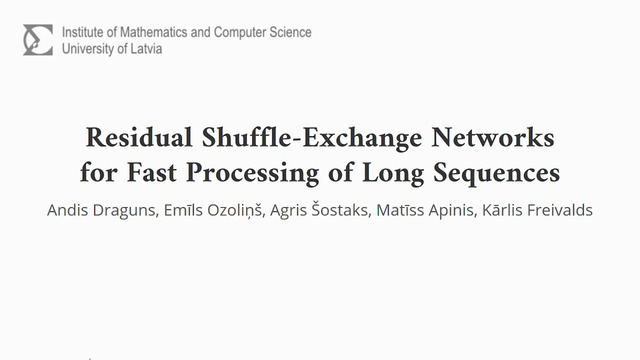Abstract:
A score-following program traces the notes in a musical score during a performance. This capability is essential to many meaningful applications that synchronize audio with a score in an on-line fashion. Existing algorithms often stumble on certain difficult cases, one of which is piano music. This paper presents a new method to tackle such cases. The method treats tempo as a variable rather than a constant (with constraints), allowing the program to adapt to live performance variations. This is first expressed by a Kalman filter model at the note level, and then by an almost equivalent switching state-space model at the audio frame level. The latter contains both discrete and continuous hidden variables, and is computationally intractable. We show how certain reasonable approximations make the computation manageable. This new method is tested on a dataset of 50 piano excerpts. Compared with a previously established state-of-the-art algorithm, the new method shows more stable and accurate results: it reduces fatal score-following errors, and improves accuracy from 65.0% to 69.1%.









































